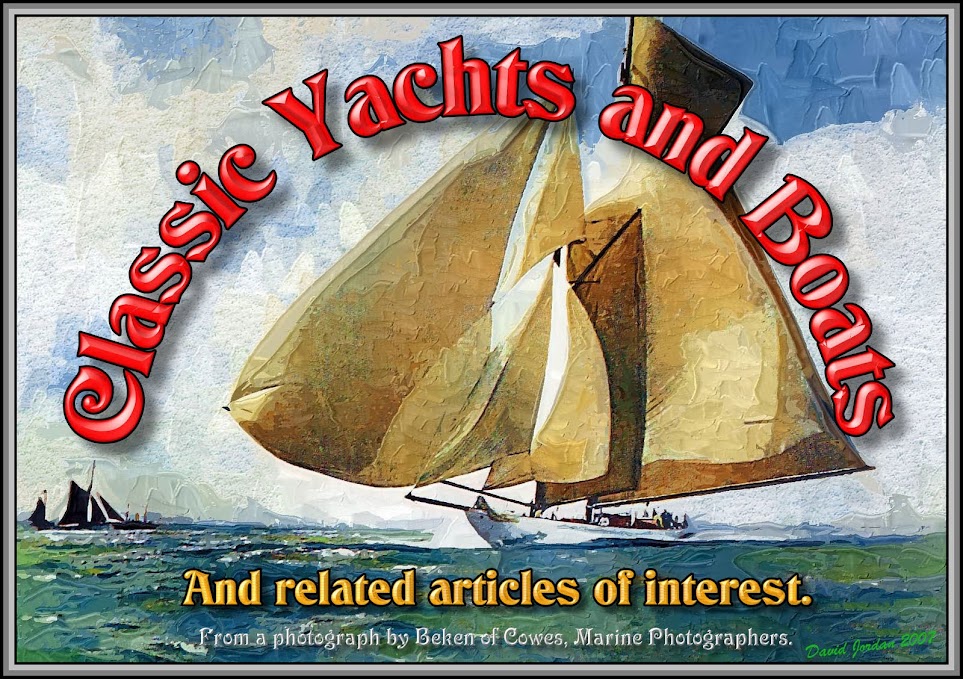
Designed by William Roué and built by Smith and Rhuland, Bluenose was launched at Lunenburg, Nova Scotia on March 26, 1921, as a racing ship and fishing vessel. This was in response to the defeat of the Nova Scotian Fishing Schooner Delawana by the Gloucester fishing schooner Esperanto in 1920. That race was sponsored by the Halifax Herald newspaper.
After a season fishing on the Grand Banks, Bluenose defeated Elsie (out of Gloucester, Massachusetts), returning the International Fishermen's Trophy to Nova Scotia. During the next 17 years of racing, no challenger, American or Canadian, could wrest the International Fishermen's Trophy from her. It is notable that she was no mere racing ship, but also a general fishing craft that was worked hard throughout her lifetime. She fished scallops and other kinds of sea-food, and at least once won competitions for largest catches of the season and similar awards.Fishing schooners became obsolete after World War II, and despite efforts to keep her in Nova Scotia, the undefeated Bluenose was sold to work as a freighter in the West Indies. She foundered on a Haitian reef on January 28, 1946.
After a season fishing on the Grand Banks, Bluenose defeated Elsie (out of Gloucester, Massachusetts), returning the International Fishermen's Trophy to Nova Scotia. During the next 17 years of racing, no challenger, American or Canadian, could wrest the International Fishermen's Trophy from her. It is notable that she was no mere racing ship, but also a general fishing craft that was worked hard throughout her lifetime. She fished scallops and other kinds of sea-food, and at least once won competitions for largest catches of the season and similar awards.Fishing schooners became obsolete after World War II, and despite efforts to keep her in Nova Scotia, the undefeated Bluenose was sold to work as a freighter in the West Indies. She foundered on a Haitian reef on January 28, 1946.
Bluenose and her captain, Angus Walters, were inducted into the Canadian Sports Hall of Fame in 1955, making her the first and only non-human CSHF inductee until 1960, when she was joined by Canadian Hydroplane Champion Miss Supertest III. That same year another honour was bestowed upon the famous sailing ship when a new Canadian National Railways passenger-vehicle ferry for the inaugural Yarmouth-Bar Harbor service was launched as the M/V Bluenose.




No comments:
Post a Comment